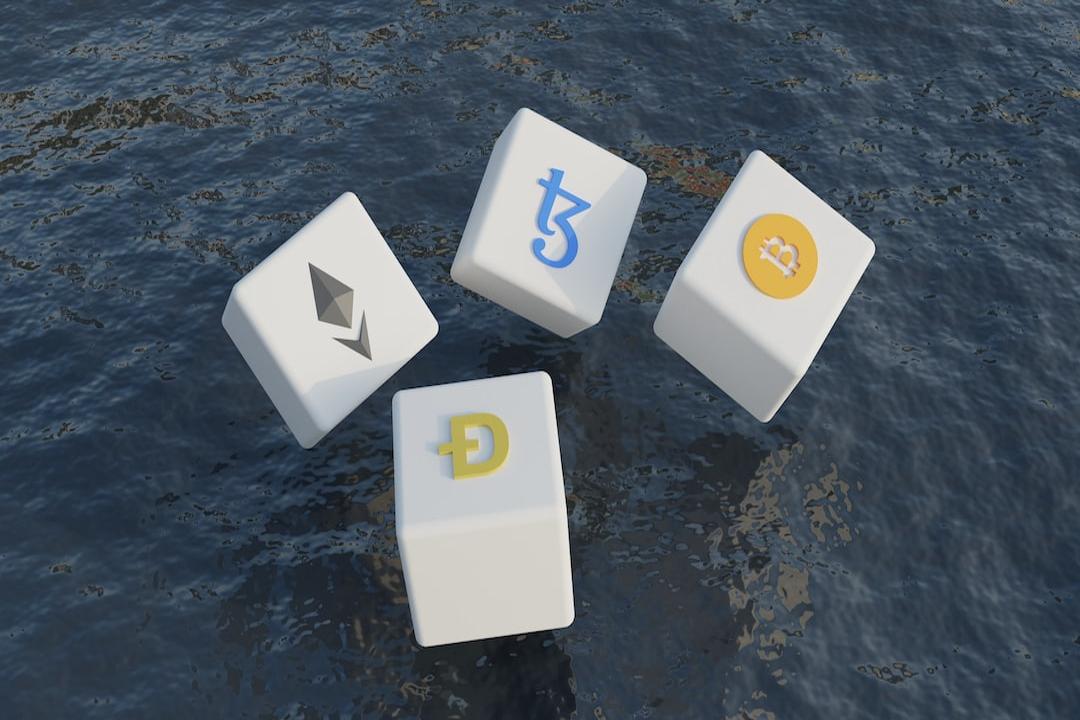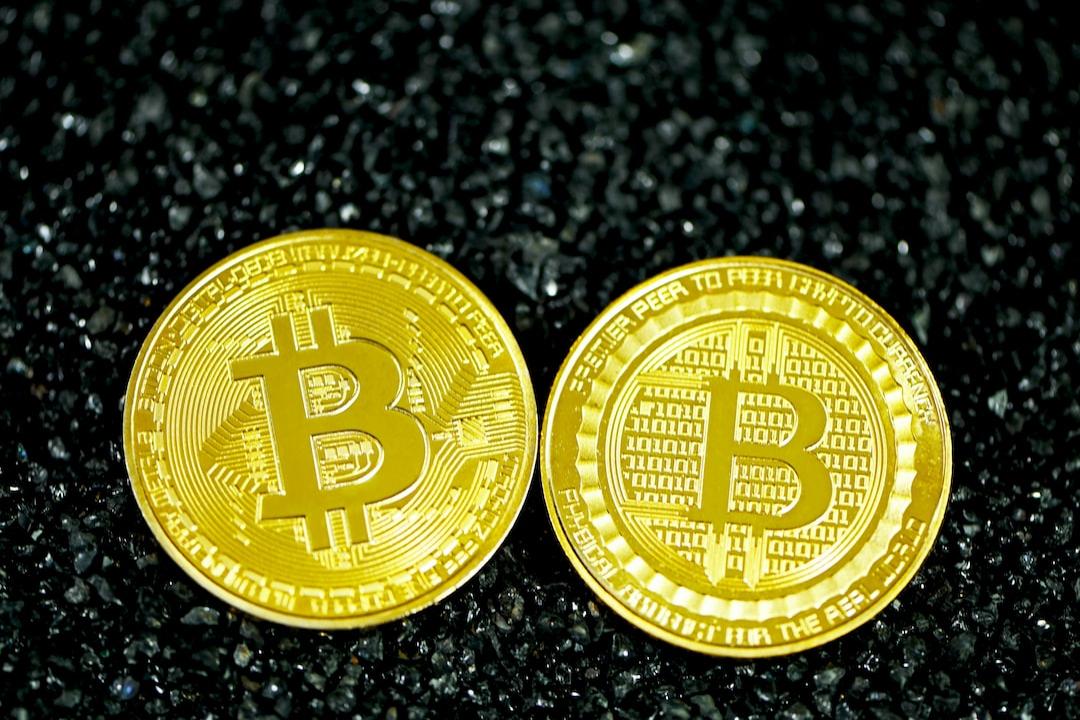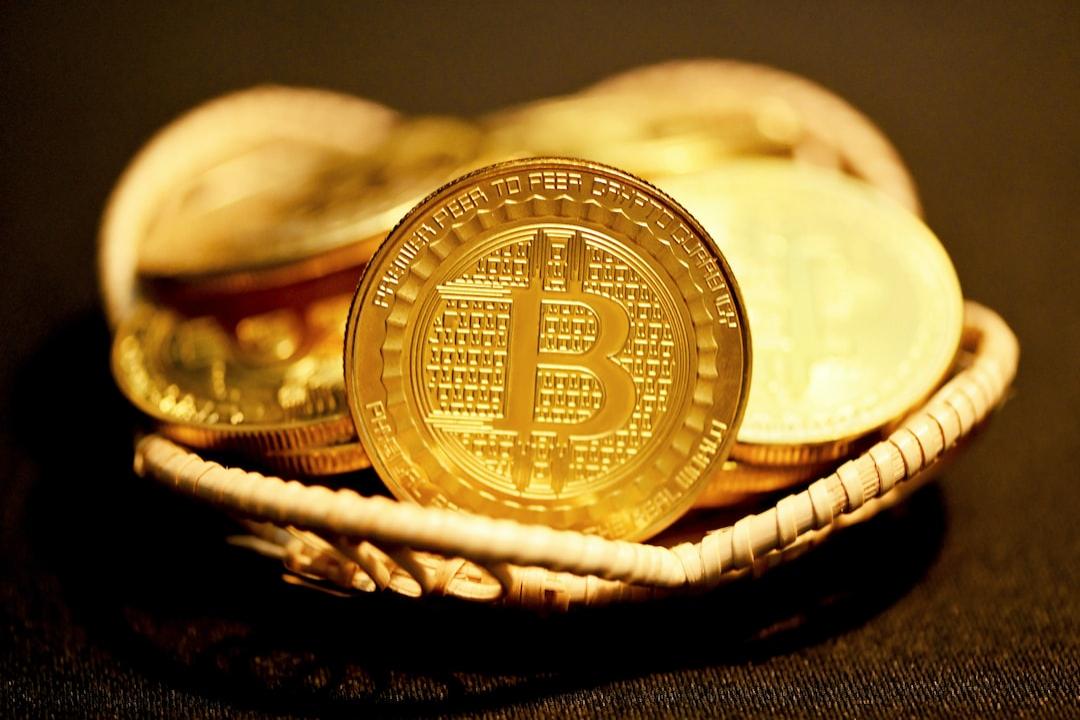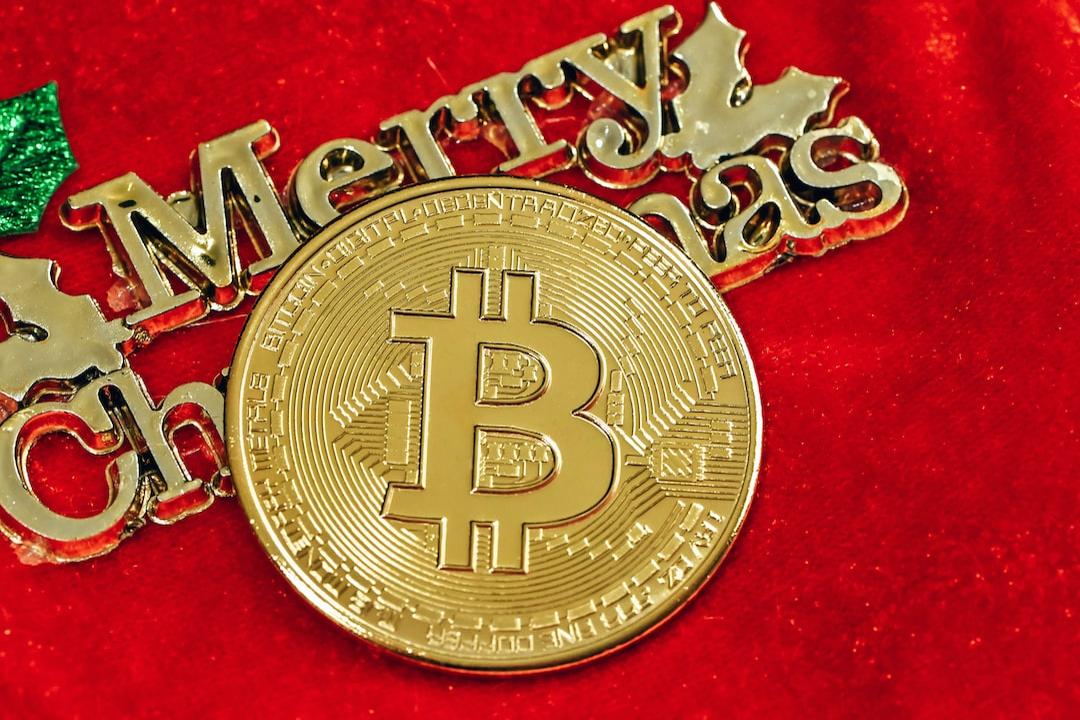Chain Game Version of MapleStory to Launch in 2025
The integration of classic game IPs with blockchain technology raises the question: what additional value can it bring to players? Nexpace, a subsidiary of South Korean gaming giant Nexon, is the best answer to this question.
MapleStory, one of Nexon’s classic games, has been in the Taiwanese market for 20 years. Nexpace, the company’s subsidiary dedicated to developing game blockchain and AI applications, announced that it will launch “MapleStory N” in 2025, a “chain game version” of the original.
MapleStory N retains the familiar interface and art style that players know, but differs significantly in that this version centers on a “decentralized economic model” and “deep player participation,” breathing new life into the classic IP through blockchain technology.
Why make such a change? Nexpace’s Chief Business Officer, Dominic Jang, candidly stated, “People’s perspectives on games have changed dramatically.”

What Led MapleStory to Embrace the “Blockchain Path”?
Dominic Jang shared that “playing games in isolation” can no longer satisfy players. For instance, sometimes players want to watch others play (like on Twitch), or they need more content beyond the game itself to foster a sense of participation, or even to gain novelty. The pace at which game companies introduce new gameplay and content has long failed to meet players’ demands.
Thus, Nexpace intends to decentralize content production rights and create a more organic gaming ecosystem through blockchain technology. The MapleStory Universe is born; in this ecosystem, besides the game MapleStory N, there is also an NFT marketplace for players to trade items freely and a token economic system.
The most crucial aspect is that the MapleStory Universe plans to launch a Software Development Kit (SDK) and an Application Programming Interface (API), allowing developers to create content and develop applications within the ecosystem, effectively giving content production rights to players. For example, developers could use smart contracts to create a rental platform for items, renting out their NFT gear to other players.

The MapleStory Universe Ecosystem
In addition to creating a more open and higher freedom gaming ecosystem, bringing MapleStory onto the blockchain also aims to address the item inflation dilemma faced by traditional games. Dominic Jang explains that the primary revenue for free games comes from in-game purchases, thus developers must continually create stronger new items that make old items obsolete for players to continue spending money. When new items become stronger, old items depreciate. Coupled with the fact that game developers can issue equipment without limits, this leads to a continual increase in quantity and thus inflation issues.
“Items that players spend money on can be replaced by new gear just months later, causing players to lose enthusiasm for the game and even leave,” said Dominic Jang.
Nexpace’s solution is to change the item system in MapleStory N through blockchain, ensuring that the game no longer sells items endlessly through a centralized store but rather utilizes a “limited supply” model to mint item NFTs, where each minting incurs a cost, ensuring items are not issued infinitely, thus stabilizing the game economy. Furthermore, these NFTs can be freely bought and sold in the trading market, allowing the market to determine their value.
Is MapleStory N More Than Just “Play-to-Earn”?
For blockchain games, “token economics” is a crucial component. Currently, the MapleStory Universe has two types of tokens: NXPC, a cryptocurrency operating on the blockchain, which developers or players must use to mint new items or pay transaction fees on the chain; and NESO, the in-game currency similar to MapleStory’s Mesos, which can also be seen as a “wrapped NXPC.” Players can exchange NESO for NXPC at a fixed ratio for the aforementioned uses or trade it on exchanges.
The significance of token economics lies in the fact that blockchain games generally attract players looking to make money. However, Dominic Jang emphasizes that while players can earn money through the game, this is not the core value of the game. “We want to attract players who enjoy experiencing the real-world economy, not speculators.” In-game items and assets hold economic value, so the items and characters players cultivate with care in the gaming process are not merely meaningless in-game assets. These items can be traded for cryptocurrencies or fiat currencies, giving players’ investments value and forming a sustainable economic cycle.
Moreover, the value of equipment and items comes from “market demand” and “actual in-game usage,” rather than being artificially inflated for speculation. The core of MapleStory N remains “gameplay,” while the economic system simply grants players greater participation rights without dominating the game entirely.
Building a Co-Creative Gaming Ecosystem with Players
Currently, MapleStory N has undergone two closed beta tests and is expected to officially launch in the first half of 2025. According to official data, the closed beta and surrounding activities have generated a total of 31.5 million on-chain transactions, with the number of active wallets reaching as high as 972,000.
During this period, 3.5 million NESO tokens have been utilized, accounting for 76.2% of the total circulation, with more than half of the usage being for “item enhancement,” indicating that players’ primary motivation remains “game experience,” rather than merely making money.

Challenges and Future Goals
Such achievements are not easily come by. Dominic Jang stated that blockchain technology is still in its early stages of development, and many necessary technologies have yet to mature. Therefore, Nexpace had to develop many core functionalities in-house during the creation of MapleStory N. Additionally, blockchain regulatory frameworks present another challenge; due to limitations on cryptocurrency issuance in South Korea, Nexpace opted to establish its operational headquarters in “Web3-friendly” Abu Dhabi.
Having overcome the development challenges, the ultimate goal of MapleStory N is not only to witness growth in “the game itself” but to create a decentralized entertainment ecosystem driven by players. “If our ecosystem has more third-party developed applications with users than those officially developed by us, it means we have succeeded,” said Dominic Jang. Developers are no longer the sole content providers but serve as platforms and foundational rule-makers, allowing players and developers to co-create the entire ecosystem.

